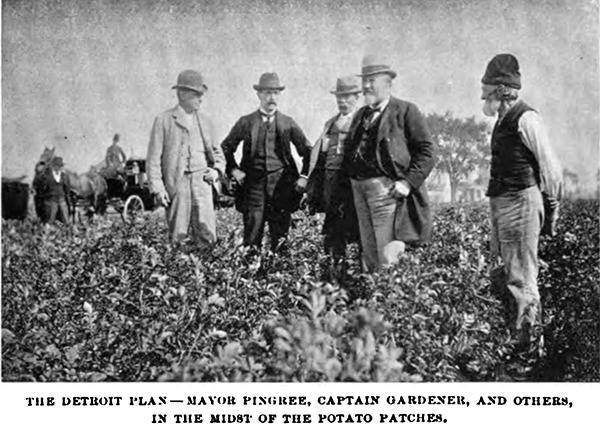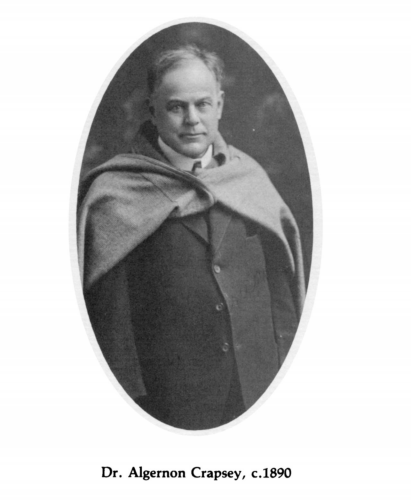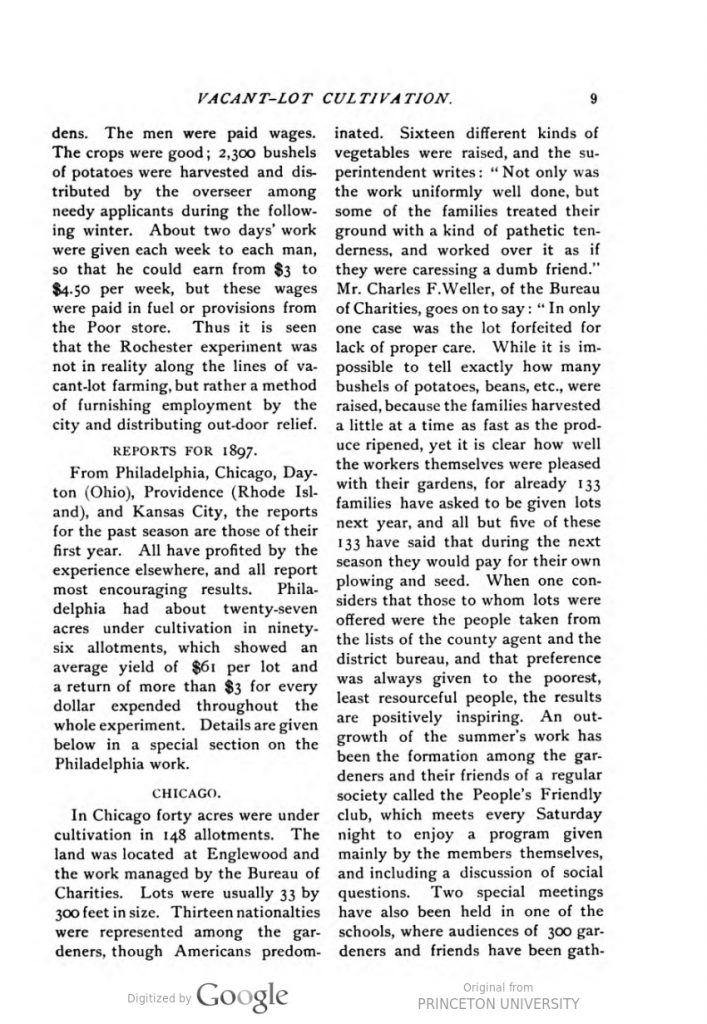U.S. History
Vacant Lot Gardening first came about in the 1890’s as a result of the economic depression, and was a movement led by Mayor Hazen Pingree of Detroit, Michigan. Mayor Pingree created the first municipally sponsored urban gardening program in the United States, which targeted mainly the industrial city laborers who were left out of work (particularly the Polish and German immigrants).
The program, known as “Pingree’s Potato Patches,” became so popular that it could not meet the city’s demand. It was also so successful at alleviating poverty and hunger that other cities began to follow suit, and similar programs cropping up all over the country, including in Rochester.

Rochester History
Rochester began vacant lot gardening in 1895, originally under the direction of the overseer of the poor. The program was at first different from the Detroit Plan, only allowing men applying for aid to work a certain number of hours in gardens that were not their own. While the food produced was still plentiful, the scheme was not considered to be satisfactory.
Vacant-Lot Cultivation by Frederic W. Speirs, Samuel McCune Lindsay, and Franklin B. Kirkbride
DR. ALGERNON CRAPSEY
Algernon Sidney Crapsey of Fairmont, Ohio, came to Rochester in 1879 as the rector of a new church, called St. Andrews. With Dr. Crapsey and his family came a wave of social movement, as Crapsey saw it his duty to help those in his community and beyond. Some of his initial marks on the Rochester community include the founding of the St. Andrew’s Brotherhood, and the creation of the School of Practical Knowledge and Recreation. He was also at the forefront of the efforts to combat the depression of 1893, becoming the president of the Citizens Political Reform Association.

Dr. Algernon S. Crapsey: Religious Reformer by Carolyn Swanton
It wasn’t until 1908 that Dr. Crapsey got involved with vacant lot gardening, organizing the Vacant Lot Gardening Association in Rochester. This group was created once again with the intention of softening the blow of unemployment crises that had just occurred. The Vacant Lot program was organized locally, with Dr. Crapsey securing the use of numerous free lots each summer and using a lottery system to assign them to needy individuals. On some plots, space was made for families to pitch tents near their lots. Thus, this early 20th century gardening group was a part of a social justice movement in Rochester for food sovereignty and security that would carry on until today.
See Newspaper Articles for more information.


